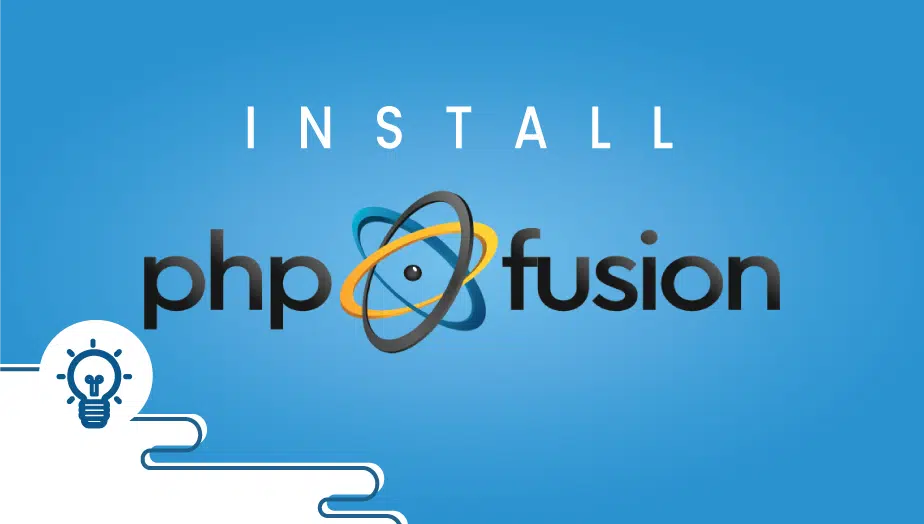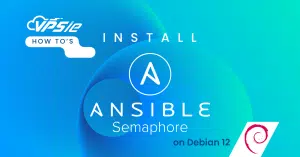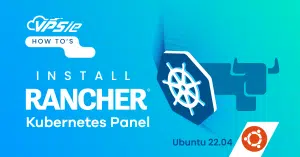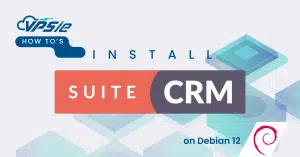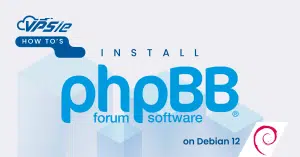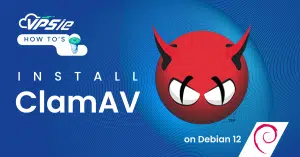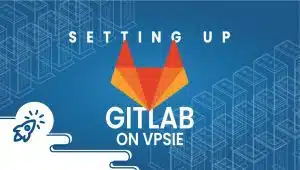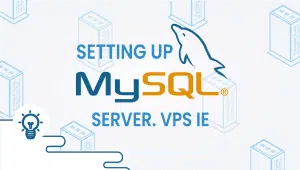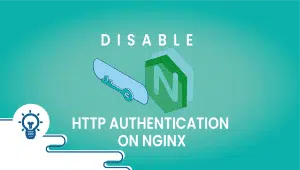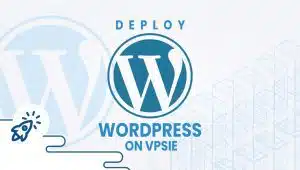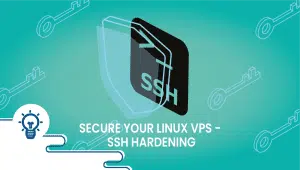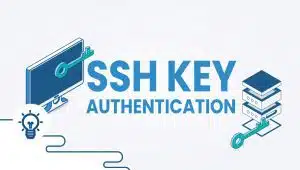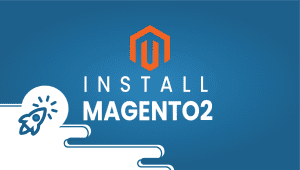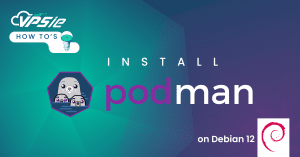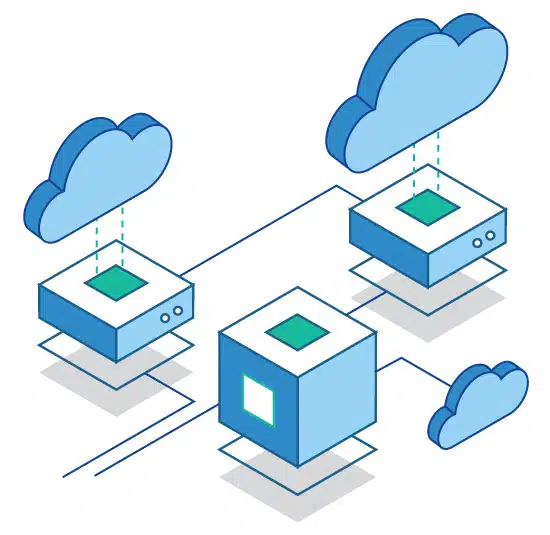How to install PHP-Fusion on a VPSie

PHP-Fusion vs WordPress. Which one is best for your needs?
1.PHP-Fusion is a trustworthy platform utilized mostly by people, who put up their projects for the first time and are looking for a straightforward way to do it. This content management system comes with all the necessary tools and attributes. It is easily customizable; you’ve got total control over the functionality of your site.
Additionally, it’s a sound security system and helpful community, prepared to help you in case you encounter some difficulties. But despite all the features, PHP-Fusion comes with its limitations as well. Although this platform is popular among novices, creating and administering a site with this CMS requires a particular programming skill level.
2.WordPress is an excellent alternative to PHP-Fusion. WP is strong and extremely popular in the realm of content management systems. It’s necessary to mention that this content management system is a fantastic match for all clients: from novices to site gurus. WordPress gives its users unlimited features and functions. It is famed for its fabulously wealthy plugin library. There is almost nothing WordPress can’t do.
Did you know that Google seems to be in favour of what website template or system that is used on a website, some would describe Google search as preferring some sites over others depending on what website software/scripts/frameworks you would use for your website. Google search loves/likes’ WP, (WordPress), this could mean that your website has more chances to appear at the top of search results.
PHP-Fusion is often employed by people who start their projects for the first time and need straightforward tools and functions. If you happen to think that you have begun a website on the incorrect platform, there is an attractive solution for you to migrate them across. In other words, you can quickly move all of your content from PHP-Fusion to WordPress.
Install PHP-Fusion 7 on a CentOS 7 VPS with Apache, MariaDB and PHP
PHP-Fusion 7 is built to run on most configurations, but your server needs to meet the following requirements:
PHP version 5.3.4 or higher
MySQL version 4.1 or higher
First of all, log in to your CentOS 7 VPS and make sure that all installed packages are up tp date
# yum -y update
We need to have a LAMP stack in order to run PHP-Fusion, so first we will install Apache web server, MariaDB and PHP.
MariaDB is the default database server in CentOS 7, and it can be installed using the yum command.
yum install mariadb mariadb-server
Start the MariaDB service and enable it to start at boot
# systemctl start mariadb.service
# systemctl enable mariadb.service
Once MariaDB is installed, run the following post-installation script in order to secure your database server and set a root password
# mysql_secure_installation
and use the following options
– Set root password? [Y/n] y
– Remove anonymous users? [Y/n] y
– Disallow root login remotely? [Y/n] y
– Remove test database and access to it? [Y/n] y
– Reload privilege tables now? [Y/n] y
New, we will install Apache webserver
# yum install httpd
Start the webserver and enable it to start at boot
# systemctl start httpd
# systemctl enable httpd
PHP-Fusion is a PHP based application so we need to install PHP
# yum install php php-mysql
Restart the Apache web server for the changes to take effect
# systemctl restart httpd
Now we have a fully functional LAMP stack installed on our CentOS 7 server, and we can start with the PHP-Fusion installation.
Download the latest stable version of PHP-Fusion on your server
# wget http://downloads.sourceforge.net/project/php-fusion/PHP-Fusion%20Archives/7.x/PHP-Fusion-7.02.07.zip
Unpack the downloaded zip archive
# yum install unzip
# unzip PHP-Fusion-7.02.07.zip
Create a directory for your new PHP-Fusion website in the document root directory on your server
# mkdir /var/www/html/mydomain.com
Copy the PHP-Fusion files from the unpacked directory to the newly created mywebsite.com directory
# cp -R PHP-Fusion-7.02.07/files/* /var/www/html/mydomain.com/
Rename the PHP-Fusion configuration file
# cd /var/www/html/mydomain.com
Rename the created directory
# mv _config.php config.php
and change the owner of the PHP-Fusion files
# chown -R apache:apache /var/www/html/mydomain.com/
Next, log in to your MariaDB server as user root and create a new database and user
mysql -u root -p
MariaDB [(none)]> CREATE DATABASE phpfusion;
MariaDB [(none)]> GRANT ALL ON phpfusion.* to phpfusionuser@localhost identified by ‘YOURPASSWORD’;
MariaDB [(none)]> FLUSH PRIVILEGES;
MariaDB [(none)]> \q
Don’t forget to replace ‘YOURPASSWORD’ with an actual strong password.
Now, we will set up an Apache virtual hosting directive for the ‘yourdomain.com’ domain name.
Create a ‘/etc/httpd/conf.d/vhosts.conf’ file with the following content
# nano /etc/httpd/conf.d/vhosts.conf
# IncludeOptional vhosts.d/*.conf
Create a ‘/etc/httpd/vhosts.d’ directory where we will put all our virtual hosts.
# mkdir /etc/httpd/vhosts.d
Create a virtual host for our domain
# cd /etc/httpd/vhosts.d
# nano yourdomain.com
and add the following content in to the file named: vhosts.d
ServerAdmin [email protected]
DocumentRoot “/var/www/html/yourdomain.com”
ServerName yourdomain.com
ServerAlias www.yourdomain.com
ErrorLog “/var/log/httpd/yourdomain.com-error_log”
CustomLog “/var/log/httpd/yourdomain.com-access_log” combined
<Directory “/var/www/html/yourdomain.com/”>
DirectoryIndex index.php
Options FollowSymLinks
AllowOverride All
Require all granted
That is it for no panel options. The installation from the command line is now completed. Now, go to your web browser to http://yourdomain.com and follow the instructions to finish the installation and initial setup.
Using a website control panel and manager, you can also install PHP-Fusion on your VPSie (VPS Server) using Softaculous with cPanel and many other free and paid website control panels that have softaculous installed.

